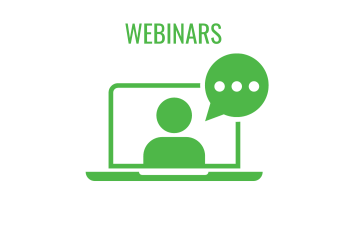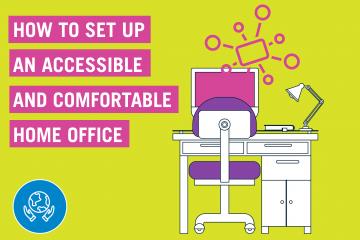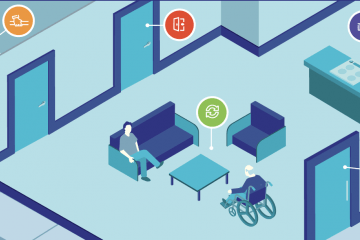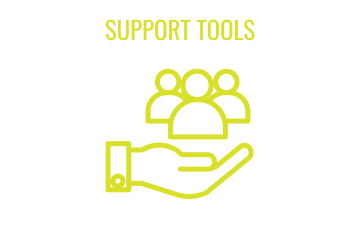6 Ways To A More Inclusive Workplace
1. MAKE SURE YOUR OFFICE IS ACCESSIBLE BY APPLYING UNIVERSAL DESIGN PRINCIPLES TO YOUR OFFICE SPACE.
Universal design is a design approach that works to ensure that buildings and products can be accessed, understood and used to the greatest extent possible by all people regardless of their age, size, or ability.* Universal design is not a special requirement to benefit the minority of the population. Environments should be designed to meet the needs of ALL people who will use it. To put it simply, universal design is good design. Click here to learn more about the 7 principles of universal design. Below are some examples.
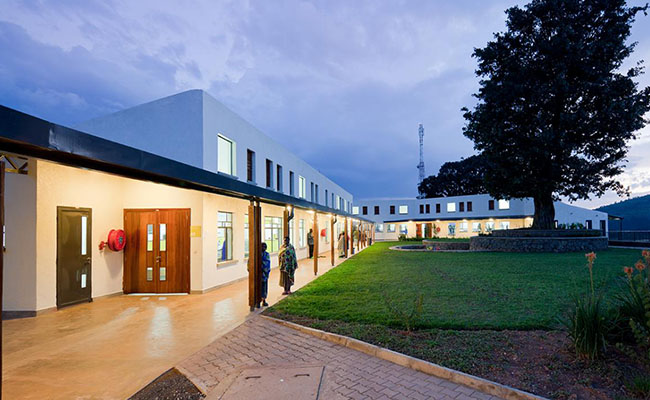
Butaro Hospital
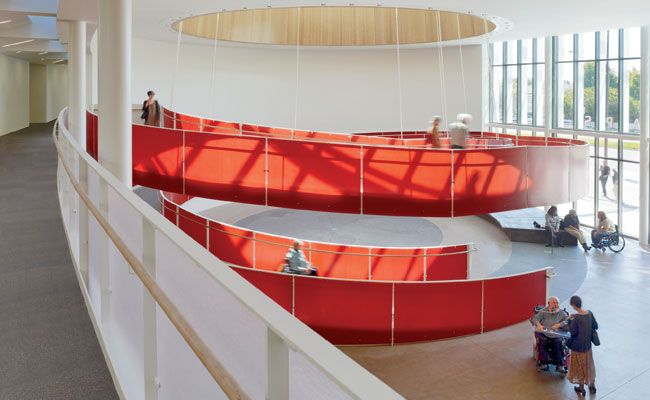
Robert Campus
2. DISCUSS TRANSPORTATION AND ACCOMMODATION ACCESS WITH YOUR EMPLOYEES AND BE AS TRANSPARENT AS POSSIBLE.
Communication between the employer and employee with a disability is the most important ingredient for success. Be transparent when having these conversations and be aware of the accessible transportation in your area. The majority of individuals with disabilities do not need expensive accommodations to succeed in the workplace.
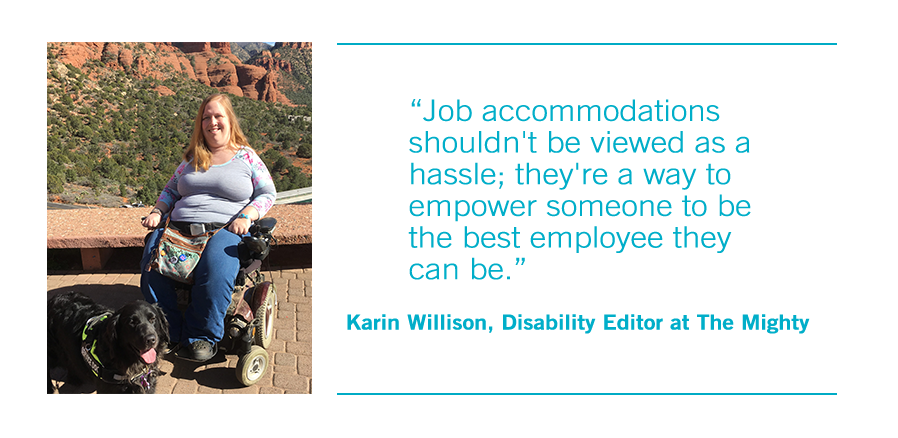
3. RECRUIT PEOPLE WITH DISABILITIES!
This might seem obvious, but you’d be ahead of the curve if you included this type of initiative at your company. There are many ways to do this, you can partner with disability-related advocacy organizations or include people with disabilities in diversity recruitment goals. Learn more about how to recruit workers with disabilities here: https://www.dol.gov/general/topic/disability/hiring.

4. SHARE STORIES OF LEADERS WITH DISABILITIES!
Personal stories go a long way. Bring in leaders that have disabilities and host a Q & A to get everyone talking and learning about disabilities. It can be as simple as a classic lunch and learn. A great example is Sofar Sound's Outer Sounds Initiative – a 30 minute lunch and learn that features passionate humans of all backgrounds. In episode three they featured CP advocate and professional dancer, Jerron Hermann. He shared his thoughts on inclusive language, the spectrum of cerebral palsy, and of course – his career in dance.
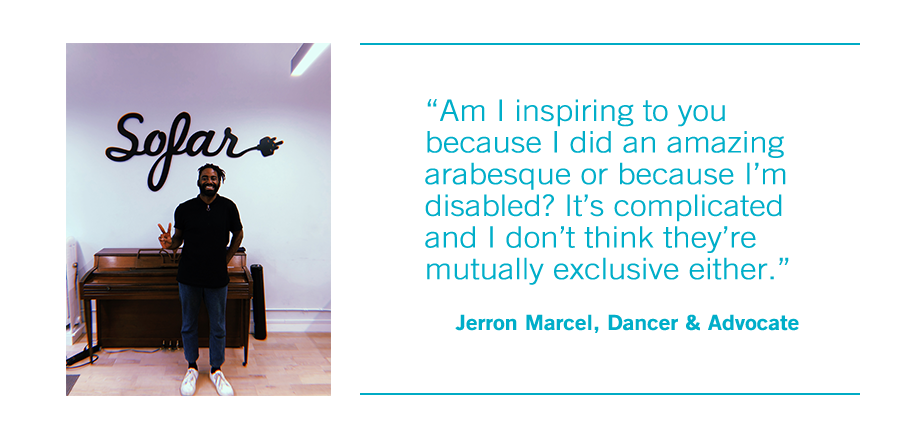
5. PROVIDE DISCLOSURE AND ACCOMMODATION TRAINING IN YOUR HR DEPARTMENT.
This is a big one. Only 3.2% of people with disabilities identify as having a disability to their employers, but 30% of employees have disabilities. Why is 30% so surprising? Most employees with disabilities have conditions that are invisible to the eye. Only 13% of people report having a visible disability and 26% report that their disability is sometimes visible. Companies have also adopted disclosure on a “need to know” basis. Either way, disability disclosure is a sensitive topic that is completely up to the discretion of the individual, and not the employer.

6. RECOGNIZE THAT PEOPLE WITH DISABILITIES ARE HIGHLY VALUABLE EMPLOYEES.
Believe it or not, people have a ton of hidden bias against people with disabilities. Over 42% of employees with disabilities experience misjudgment and 20% experience avoidance on a daily basis. People with disabilities can be extremely valuable employees except often their ideas or ignored or not taken seriously. It’s 2018 and it’s time to break recognize people with disabilities as leaders and bosses and not menial workers. Take this quiz to uncover your hidden bias against people with disabilities and identify moments where you can change how you interact with people.


